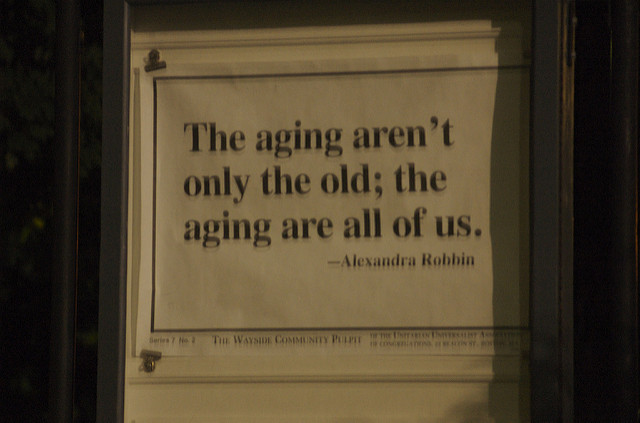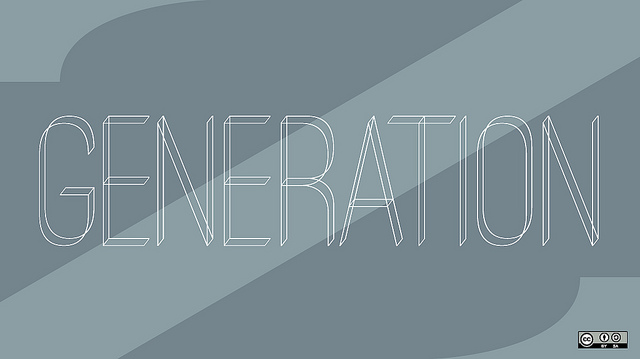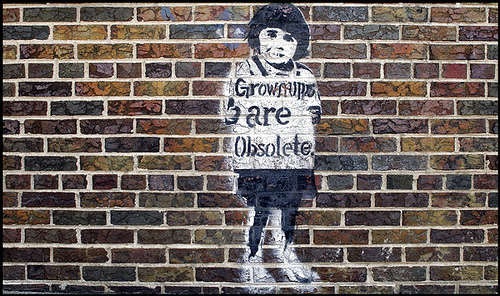A Sea-change in the Workplace
Tuesday, December 4th, 2018
In case you hadn’t noticed the fertility rate is dropping, the world’s population is aging and it’s happening in a way that will forever change the workplace.
Back in 2010, Standard & Poor’s predicted that the biggest influence on “the future of national economic health, public finances, and policymaking” will be “the irreversible rate at which the world’s population is aging.”
As usual, our governments at all levels are doing little more than funding studies, wringing their hands and making dire predictions. In all likelihood they will continue doing more of the same, since constructive efforts would require bipartisan cooperation, and politicians aren’t known for their willingness to bite unpopular bullets — as our country’s aging/decrepit infrastructure proves.
Companies, by contrast, are uniquely positioned to change practices and attitudes now. Transformation won’t be easy, but companies that move past today’s preconceptions about older employees and respond and adapt to changing demographics will realize significant dividends, generating new possibilities for financial return and enhancing the lives of their employees and customers.
Companies might be in a better positioned, but rampant cognitive bias, whether unconscious or conscious, often prevails, resulting in a preference for hiring “people like me.”
Soon, the workforce will include people from as many as five generations ranging in age from teenagers to 80-somethings.
Are companies prepared? The short answer is “no.” Aging will affect every aspect of business operations — whether it’s talent recruitment, the structure of compensation and benefits, the development of products and services, how innovation is unlocked, how offices and factories are designed, and even how work is structured — but for some reason, the message just hasn’t gotten through.
So forget companies.
Current bosses, as well as bosses-to-be, have the great advantage of being able to do it now themselves, rather than waiting for their companies to act.
And it’s to their advantage, assuming they want to keeping their teams humming, well-staffed and highly productive.
But, depending on your MAP (mindset, attitude, philosophy™), don’t expect it to happen overnight or minimize the amount of work that may be required.
To get started, click the link at the link. It will take you to a seven part series in the Harvard Business Review called The Aging Workforce. It’s probably the fastest way to wrap your mind around what’s happening in all its complexity — or at least a lot of it.
And join me tomorrow for a closer look at cognitive bias, which affects the entire human race — including you and me.
Image credit: Justin Henry







